*This email may be truncated in your inbox. To make sure you are reading the entire post, please move yourself along to a web browser!
There are many things in life that render me watery-eyed pretty quickly. The older I become, the more I am tapped into the goodness of my sensitivities. I remember priding myself for not crying during my sister’s wedding when I was 21, but now it’s possible for me to have a wet face over any little or big thing that emotionally touches me.
Two things that can totally make me cry: the first is realizing how many people have openly welcomed my words into their precious inboxes every week. Over 600 of you!!! I can’t believe it! MERCI, really. Substack has been a channel of creativity for me that I desperately needed. We’re not talking a tiny, cute, little canal-esque channel with aging boats and accordion music (although I love those types of waterways). This feels like a massive, rushing river! One that is explosively moving past rooted trees and rocks and out from under bridges at an exciting pace. I love it.
The second is a massive event comprised of many individual moments: the fact that I moved to the other side of the planet and now call the South of France home. I’ve repeated maybe way too many times that I’m getting to relive my toddler days while in France. I’m learning literally everything again from scratch. With this, I’ve had a lot of tears (Why is the post office so weird? Why am I constantly depleted? Why do I need an apostille on my birth certificate for a marriage license? Isn’t the fact that I’m alive and have a birth certificate enough proof that I was born?) and even more AWE (How is my city 2000 years old??????? And people actually say hello to others in the doctor’s office waiting room?).

I’m not an expert on France or French culture*, but I wanted to share some things about France that I, an American from the west coast, have learned over the past 1.5 years while being a resident. I’m still understanding the nuances (French word!) of everything, so this is my interpretation only and I fully welcome anyone chiming in to correct me. Please do!
Here’s my always-growing love list about France. xx
Functional shutters
After my first trip to England, I returned back to the US and was asked many, many times what my favorite parts were. “The bathroom stalls,” was my serious and immediate answer. I liked many parts of the UK, but I couldn’t get over the amount of privacy people had while going to the bathroom, the sinks inside the stalls, and how immaculately clean every single toilet was. I think it wasn’t really about the bathrooms, but more about the amount of respect people carried for public spaces and toward each other.
In a similar light, after my first France trip, I had one main, random thing that completely enchanted me: the shutters! It probably comes as no surprise, as I’m someone who is always paying attention to architecture. Maybe I’ve lived in the wrong places in the US, but shutters in my mind are usually permanently attached to a house’s facade and do absolutely no shutting. The shutters aren’t merely decorative, but they WORK.
To see the habitual routine of a French person waking up and immediately opening their shutters was a huge point of excitement for me. And at the end of the night, everyone closes up shop. I loved witnessing this act as an engrained part of every household—imagining the welcoming of the world in the morning, and the cozy privacy that it offers everyone as they settle in for the evening.

Also: shutter stops, colors, materials, etc. Wow! There are an infinite amount of options and I don’t think I’ve found a shutter that I hate.
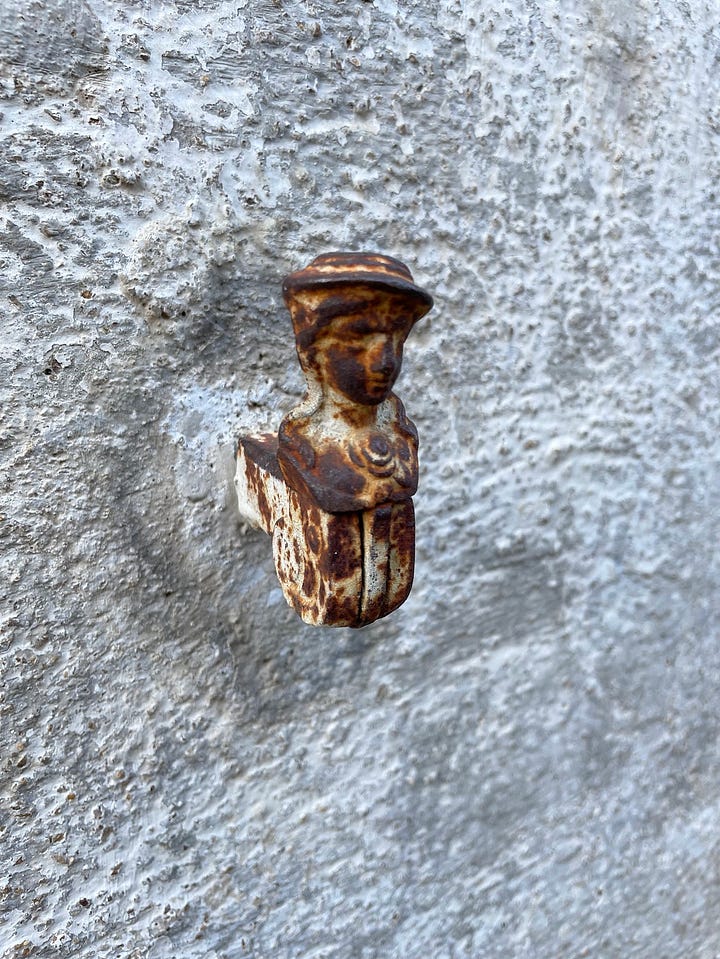
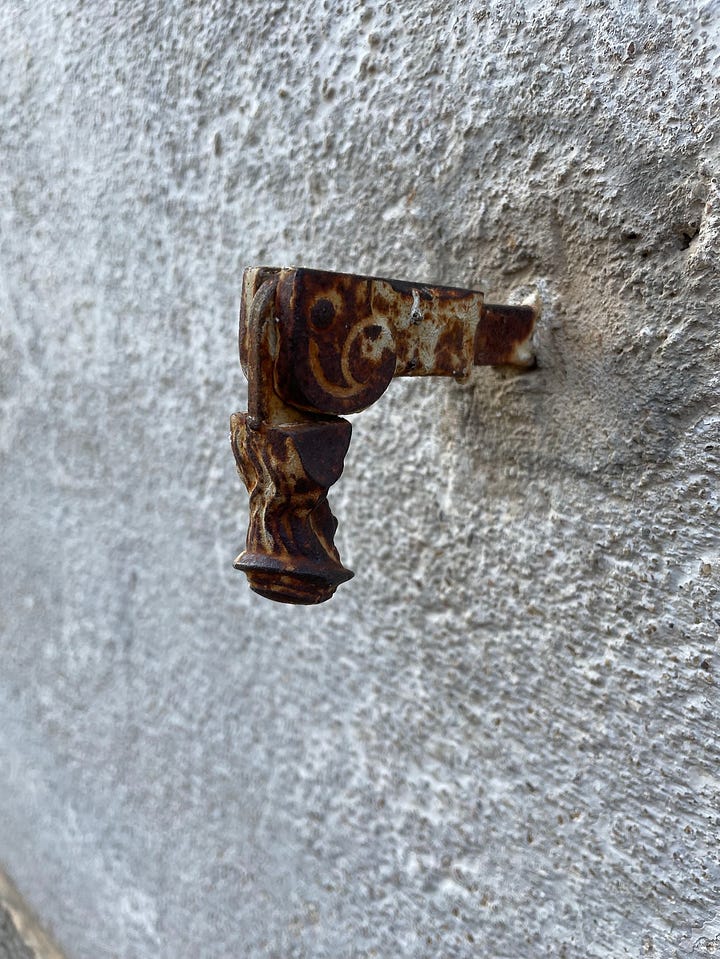
I also love the varied architectural textural elements on houses:
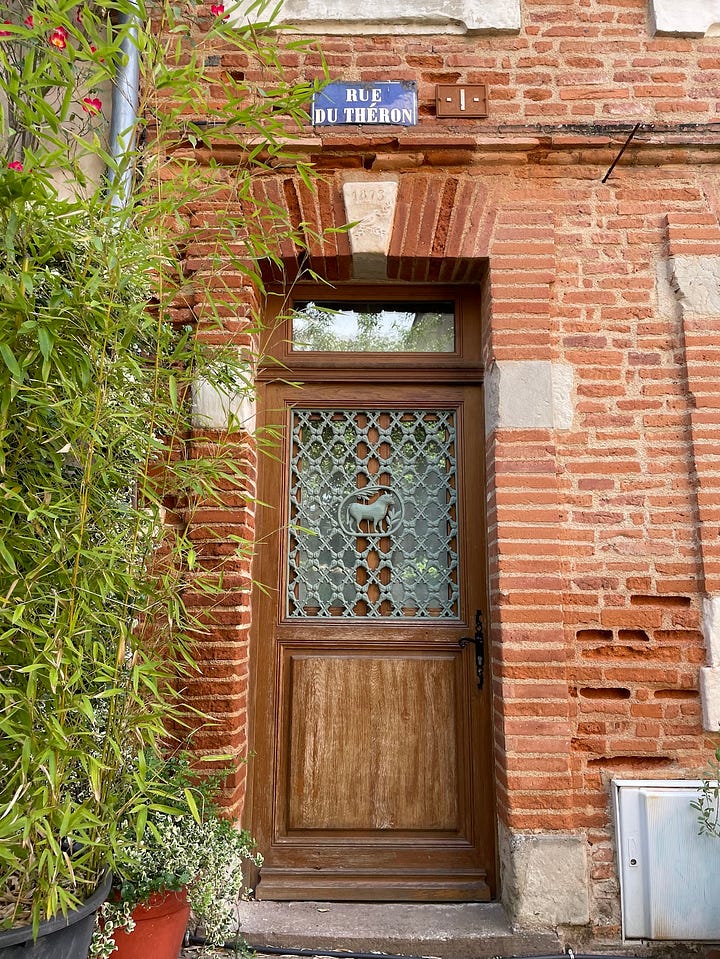
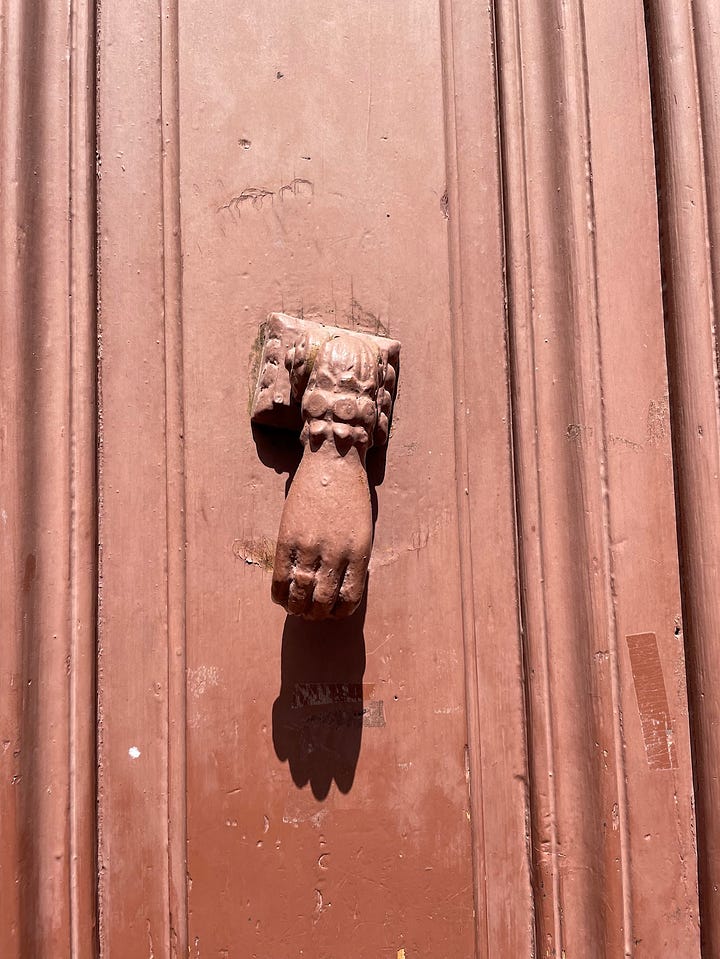

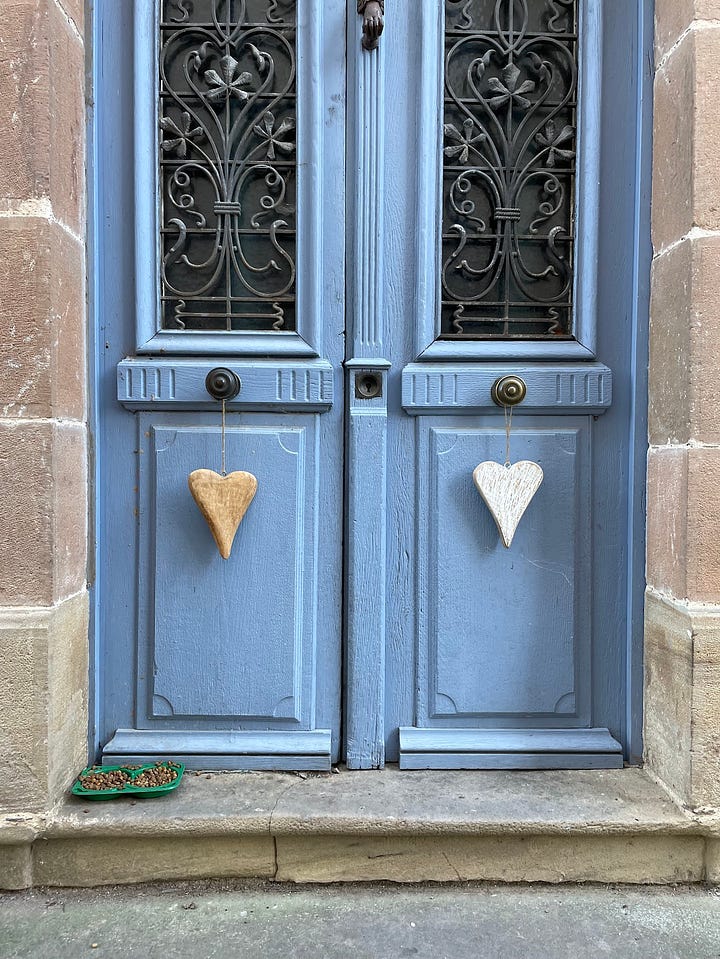
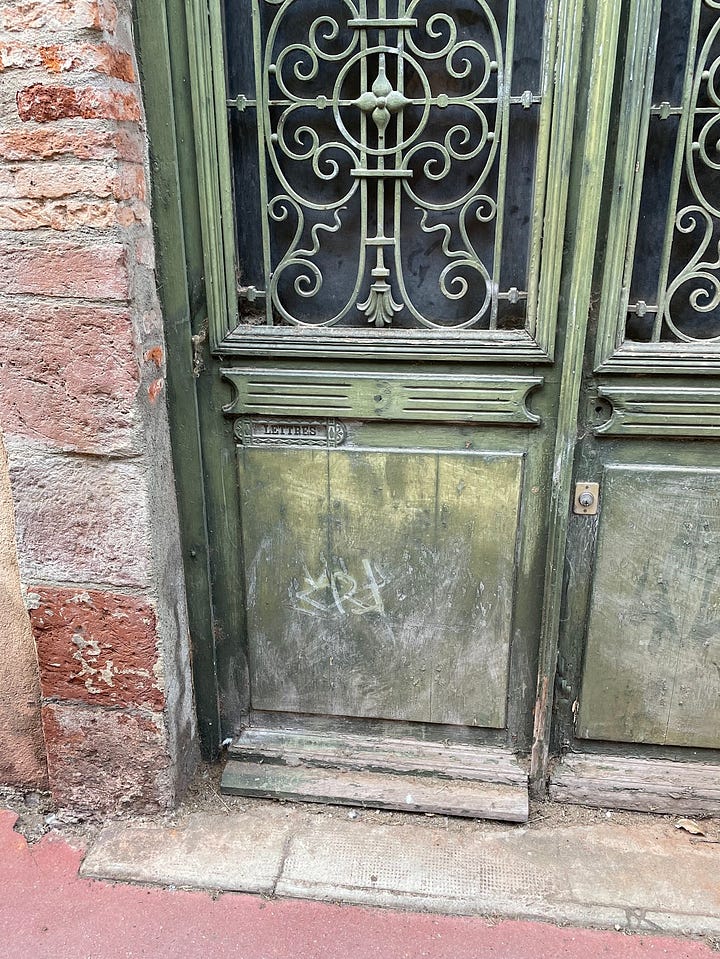
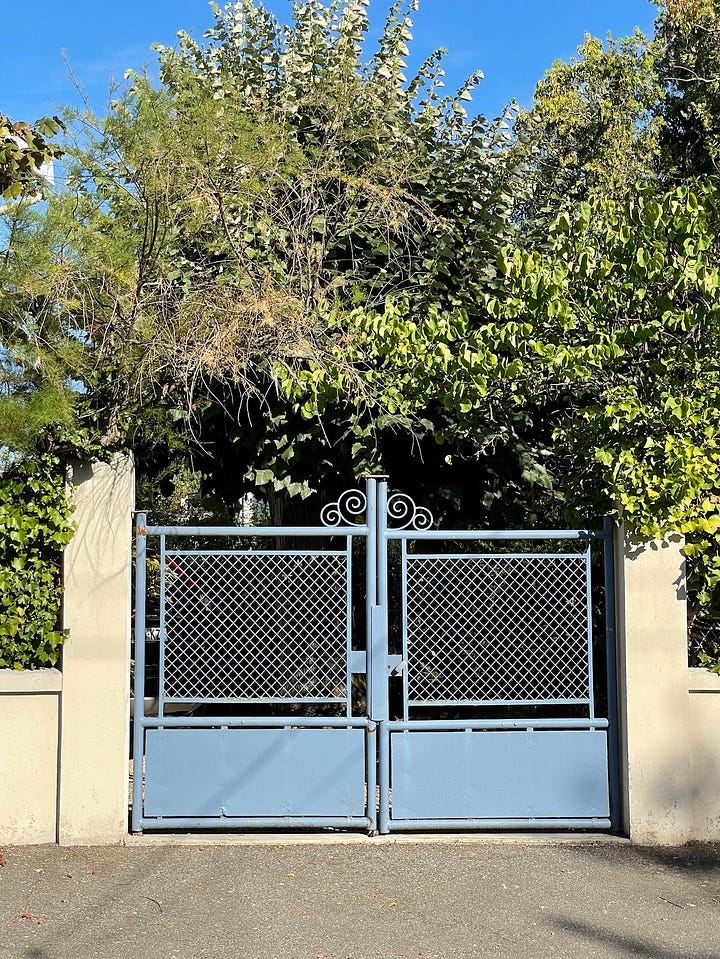


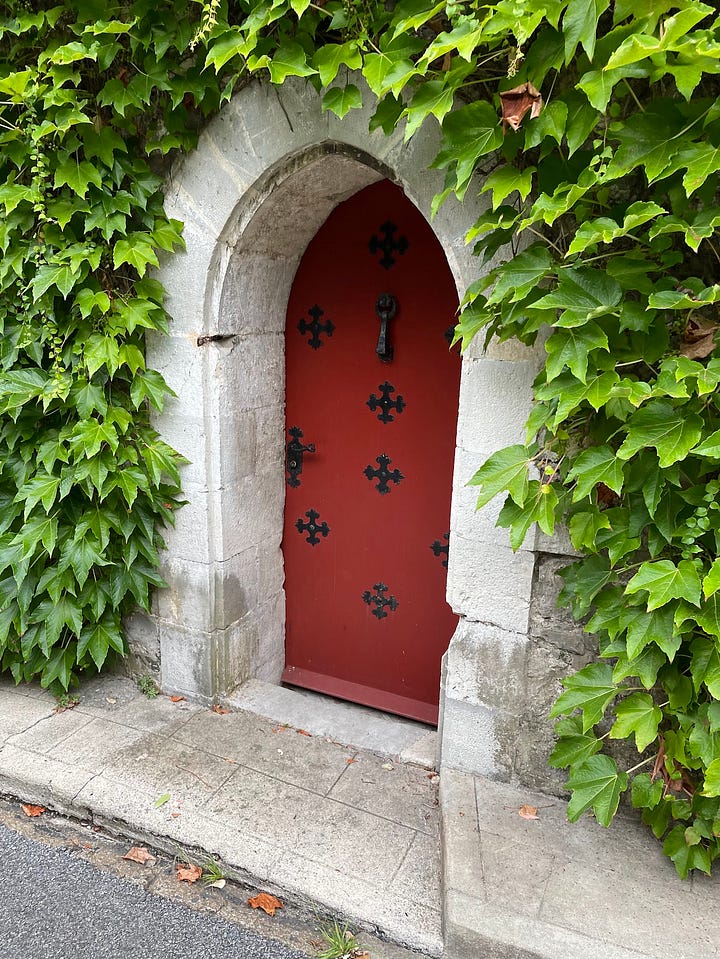
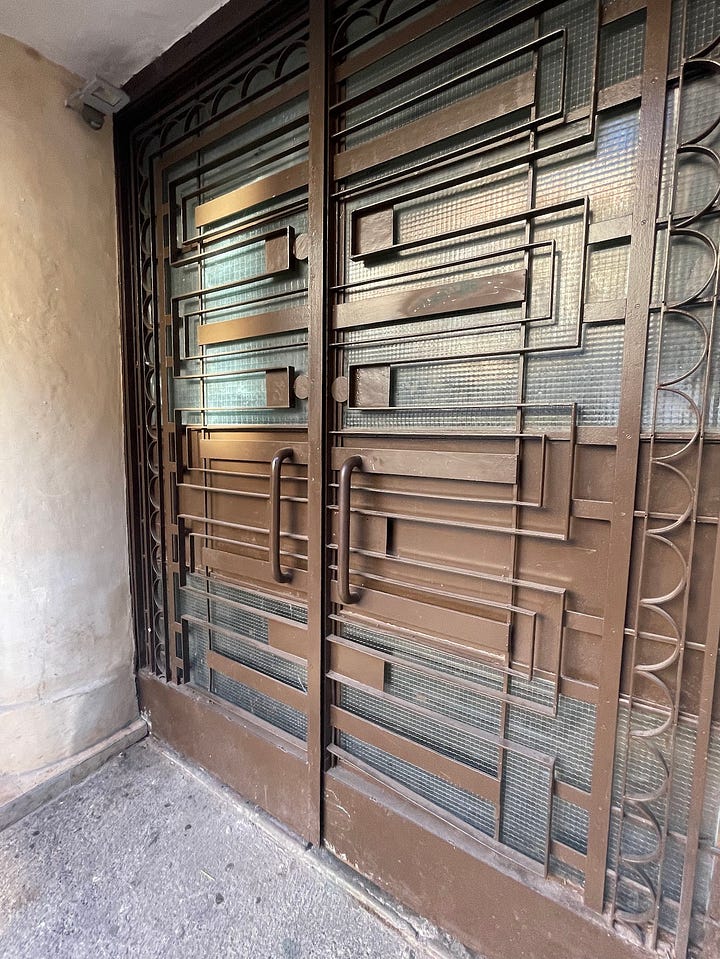
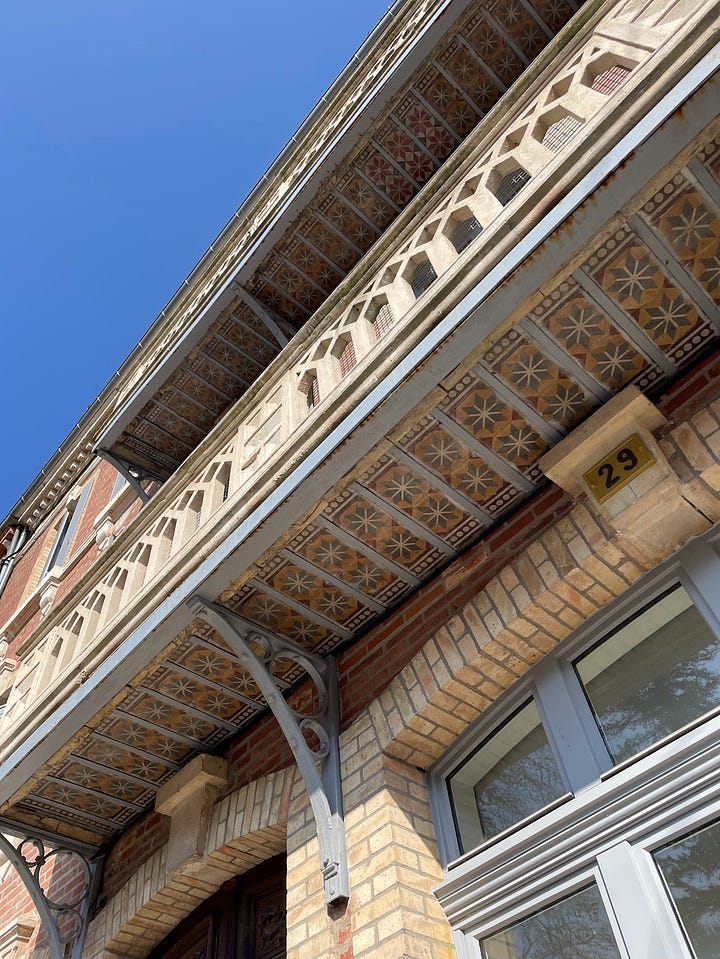
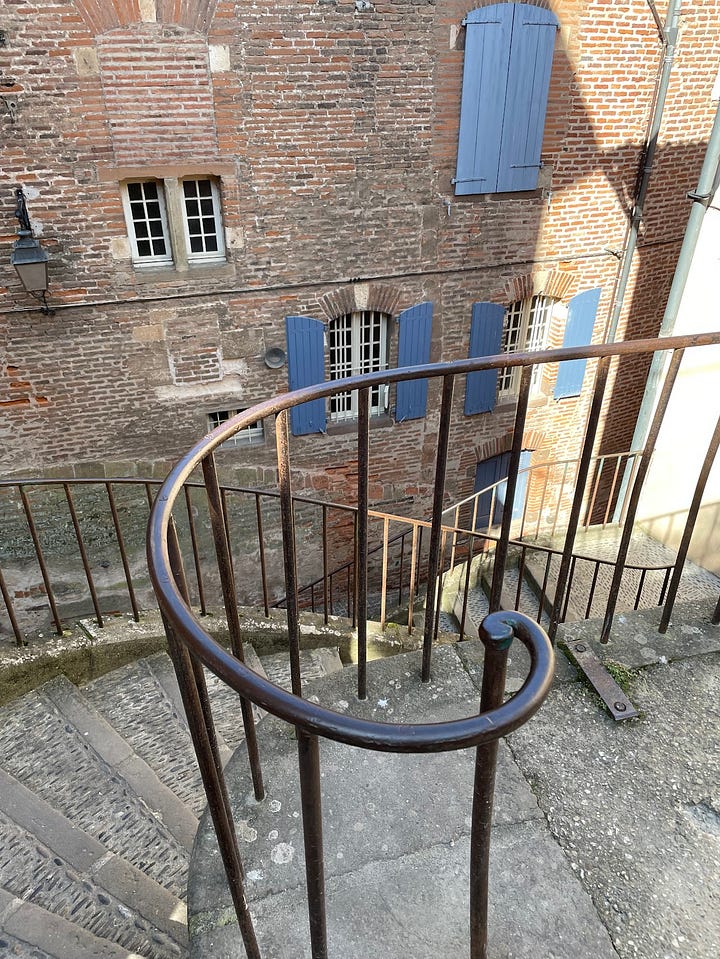
Overall politeness
There’s a tremendously wrong stereotype given by Americans that French people are rude. What I’ve learned is that WE are the rude ones. There’s a communal moral code that is taught to every French person as soon as possible: you say hello, please, thank you, have a good day/night, and goodbye. No matter what. At first, I would have agreed that we know this instinctually as Americans as well, but if you don’t say these things to people in France—even strangers—you WILL be seen as the rude one and people have the permission to be cold in return.
For example, when you walk into a restaurant, you must immediately greet the staff with a hello (“bonjour” or “bonsoir” depending on the hour), and you must announce your goodbyes and thank yous while leaving. It’s great because it’s a recognition of humanity. Even at the doctor’s office, when you enter, you say hello to every person in the waiting room, sometimes individually. When you leave, you say goodbye and wish these strangers a good day. At parties, you greet every single person in the room—usually by faire la bise (face kissing) depending on your gender and social status—and you must do the same when you leave. On the bus, people in the back say “merci, au revoir” to the driver and others while exiting. Even if nobody can hear you. Again, it’s a small moment of recognizing that someone is there and alive and that they matter.
Faire la bise
Speaking of kissing everyone, I’m a huge advocate for hugging, so I’m still a little out of my comfort zone with the cheek kiss greeting. Although now, after a year and a half, it’s mostly second nature. The exception is when I change regions in France and start the kiss on the wrong side of the face. I’ve almost kissed every one of my fiancé’s northern friends on the lips.
Tourism highway signage
Driving along the autoroutes in France is a treat for one thousand reasons—one of my favorites being the large, brown tourism signage. It seems that every few minutes, you’re meeting a new one. They’re always quite simplistic: a town’s name in sans serif type, a varying hue of marron (brown), and a stylized drawing depicting the notable monuments or productions of the spot. Whether you’re near Paris in the North, entering the Basque Country bordering Spain, driving along the Mediterranean coast, or deep in the countryside, the signs will always greet you the same. Being someone who loves visuals, information, and patterns, I’m infinitely eager to catch a quick glimpse of any (and all) of them. I love, love, love seeing these brown and white tourism signs all over France highways—they’re a celebratory hint of why each town is important to overall life in France.
Pharmacies, tabacs, ATMs, grocery stores, etc.
I get the sense that I really am using services and existing as a part of the community here. You have to work for things in France, while America is built on convenience (and cars). For the mail, there is no outgoing mailbox at individual homes, so you need to walk your mail to a public box or post office directly. When a package arrives at your apartment, the delivery person calls you, and if you don’t rush out to get it from them, they leave the package at a nearby shop or tabac. This gets you familiar with local commercial spots that you would have never visited otherwise. ATMs don’t allow you to deposit cash, so you have to go to the bank if you want to deposit money. Even for medical procedures (depending on which ones, obviously), you have to bring a prescription for the TOOLS used on you to the pharmacy and then bring those tools to the doctor’s office yourself. At the grocery store, you have to weigh your fruit and vegetables and give them a price sticker or else you will be reprimanded at the cash register. These are small examples of how we’re pulling our own weight here in France—each person is part of the working system and you can’t afford to be lazy.
Nutriscore
Food sold within grocery stores have a Nutriscore, which is a letter rating A/B/C/D/E given as a sign of good/bad nutrition. This is separate and in addition to the nutritional facts panel. I have a feeling it’s a little rigged by companies, but it’s helpful for foreigners like me to quickly glance at an unknown food item and know it’s general goodness/badness for my health.
Cheese, unfortunately, is usually rated D. That doesn’t stop me from buying loads of it!
Tartes/quiches as a staple, people buy bread almost every day.
We went to an event where each person had to bring both a savory and a sweet dish. 90% of the people brought some form of homemade quiche or tarte. Would that happen in America? No way! I don’t think I know too many people who instinctively know how to make a quiche, and I was very impressed.
Le Gâteau des Rois
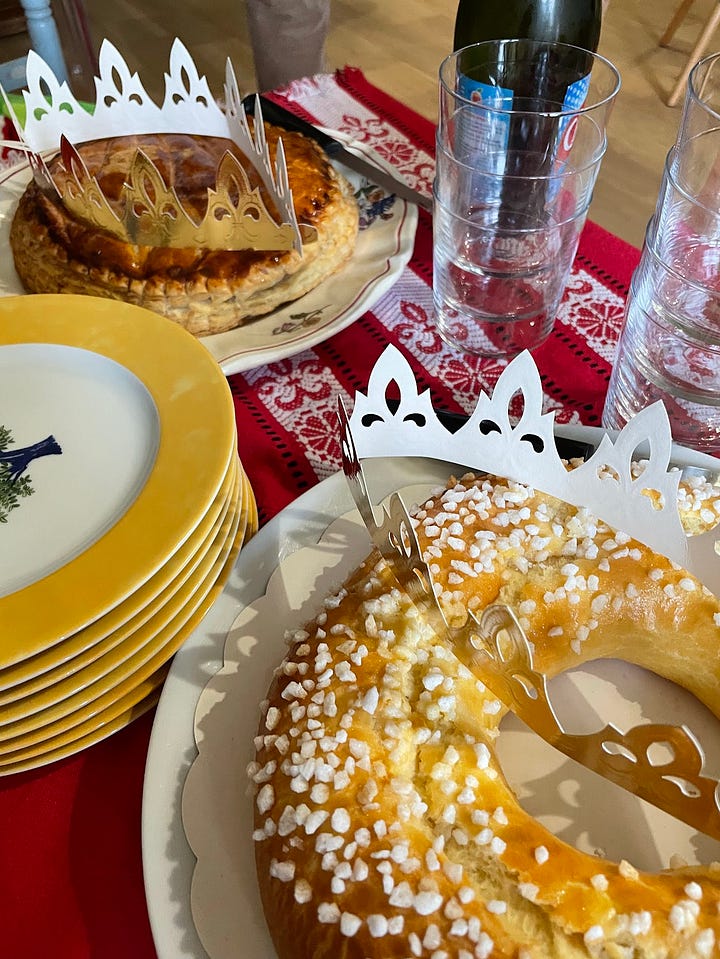
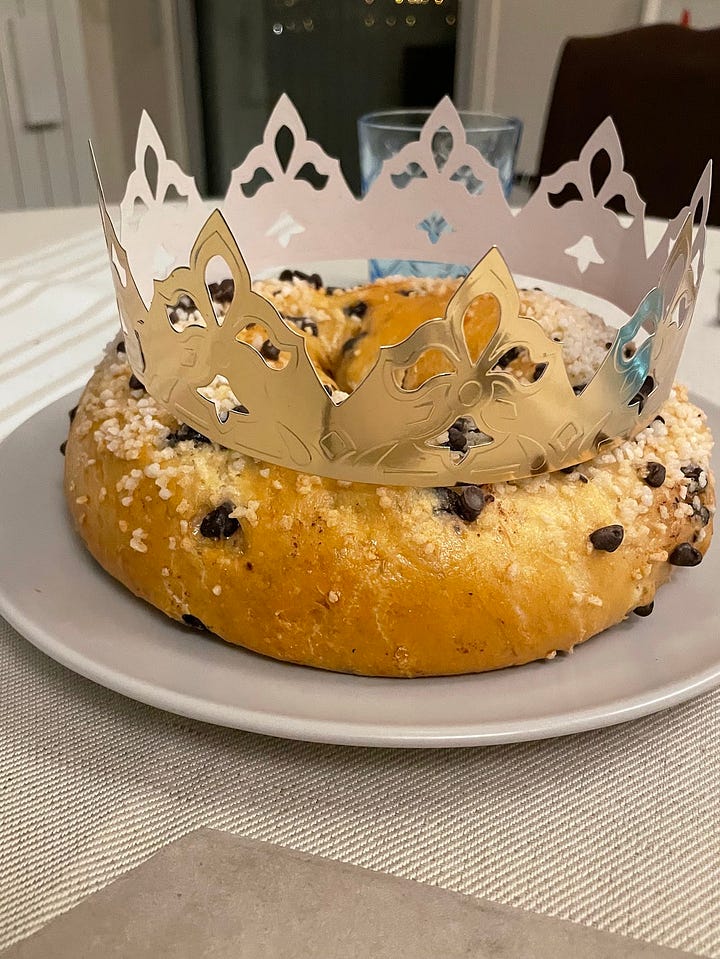
During late December and January, you can find these kings’ cakes in bakeries all over France. The idea is to share parts of them with your loved ones around the table. Then, whoever finds a little toy hidden inside their slice (careful—your teeth!!!) gets to be crowned “king.” It’s one of my favorite traditions here. We snuck a gâteau des rois in my suitcase to bring home to my family in Arizona for Christmas. It was so sweet to see them excitedly search for the toy, even if the gâteau’s time in the sky had dried out the pastry like crazy!
The government of Marseille describes the tradition:
The tradition of Le Gâteau des Rois is a pagan custom whose origin dates back to the times of the Romans.
The Romans celebrated the Saturnals, festivals of the winter solstice (around December 20th), to celebrate the god Saturn. During these ceremonies, a round cake filled with figs, dates and honey was made and divided into equal parts between masters and slaves. Inside the cake was a bean and the one that fell on it was named king for the day.It was in the 14th century that the French Church appropriated the tradition. From now on, the cake of the Kings is associated with the Epiphany.
The amount of plates in a proper meal
I know we have the concept of various dish stages throughout meals in America, but these plates are firmly adhered to in France in even the most casual settings.
Entrée, plat, fromage (cheese), dessert.
If you’re at a really formal event, like a wedding, it’s: entrée, poisson (fish), viande (meat), fromage (cheese), dessert.
In a restaurant, you will often see the following combinations:
entrée + plat
plat + dessert
entrée + plat + dessert
Sometimes I don’t know what formula a host is serving me, so I always overeat without meaning to (never a bad thing!!!). I simply don’t know how to pace myself. I never know if cheese is really happening between the main plate and the dessert (sometimes it is skipped), or if the cheese IS the dessert (which also sometimes happens). Either way, I never complain, because I love to eat and the food culture here is exceptional.
I do miss burritos and peanut butter and crackers, but there’s a time and place for that in my life now.
The rivalry between the North and the South re: pain au chocolat versus chocolatine.
The French have different words for this beloved pastry, depending on what region you are in. I love how intense the fight can become. For the record, I am absolutely team chocolatine. You will never find the words pain au chocolat leaving my mouth. Sorry, Parisians!! Again, I’m a French toddler now, and I’m being raised with the culture of the south!
Cutlery rests probably exist everywhere, but the first place I’ve noticed them is in France.
Essentially: fancy pieces of metal (or other material) that you use to rest your knife. Here’s a set of French Art Deco knife rests that I long for!!

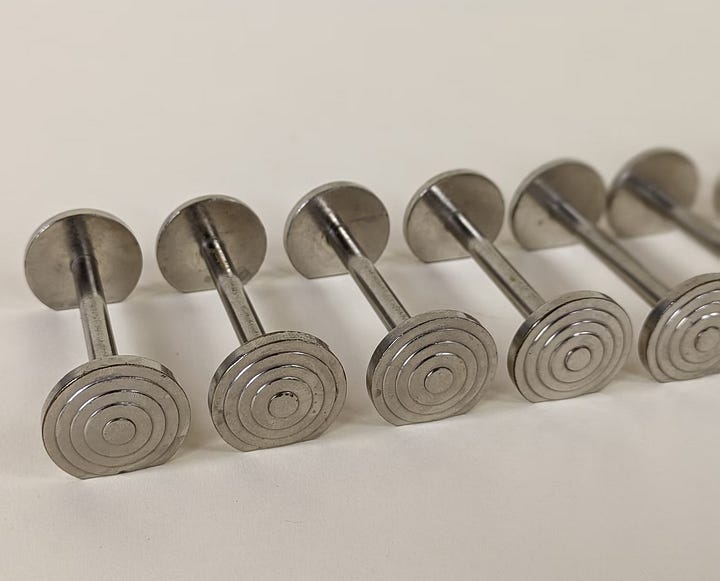
Fish Day
Poisson d’Avril is the French equivalent of April Fool’s Day. I just learned about this, but thankfully not because I was the victim of any French pranks! During April 1st, you have to watch your back because people try to secretly tape a fish drawing to your body.
Precious nicknames
Nicknames are often the first syllable of a first name, sometimes a last name. Clément becomes CléClé, Colette is Coco, etc. I find it totally adorable.
And boy, Kelsey a bizarre name in France. Every person struggles with it and suddenly I can appreciate my unexciting name a little more. You guys, I’m foreign!
Citroën 2 CVs everywhere, casually!
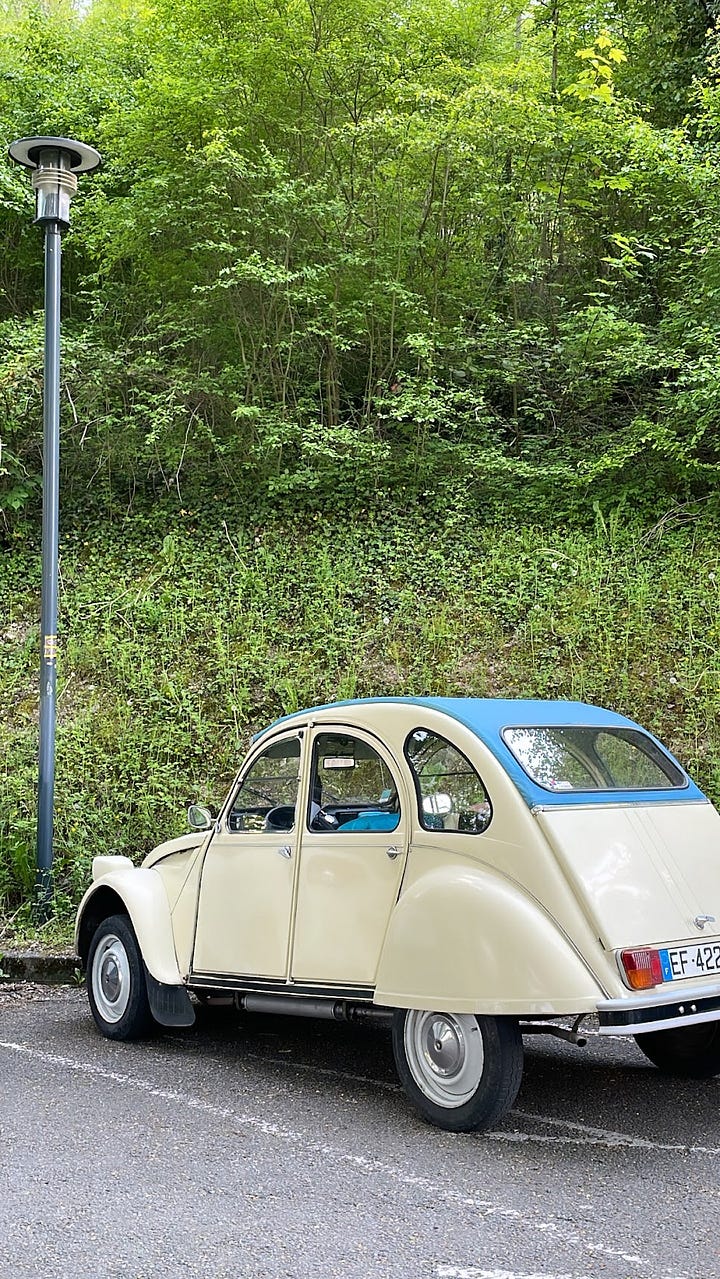
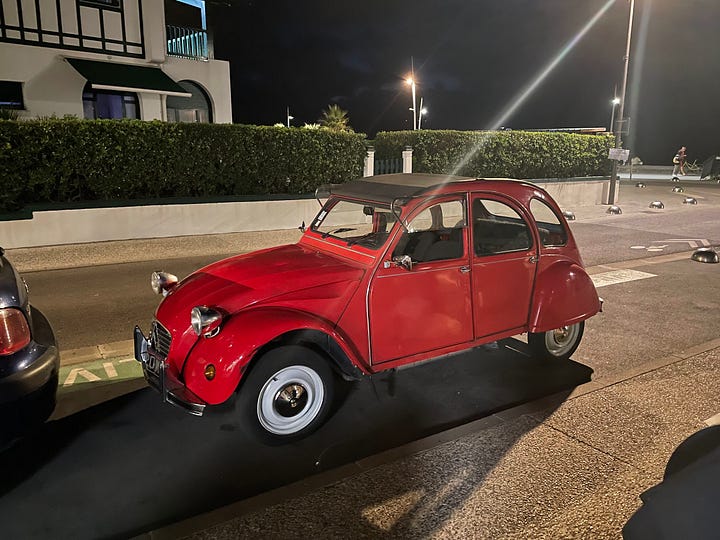
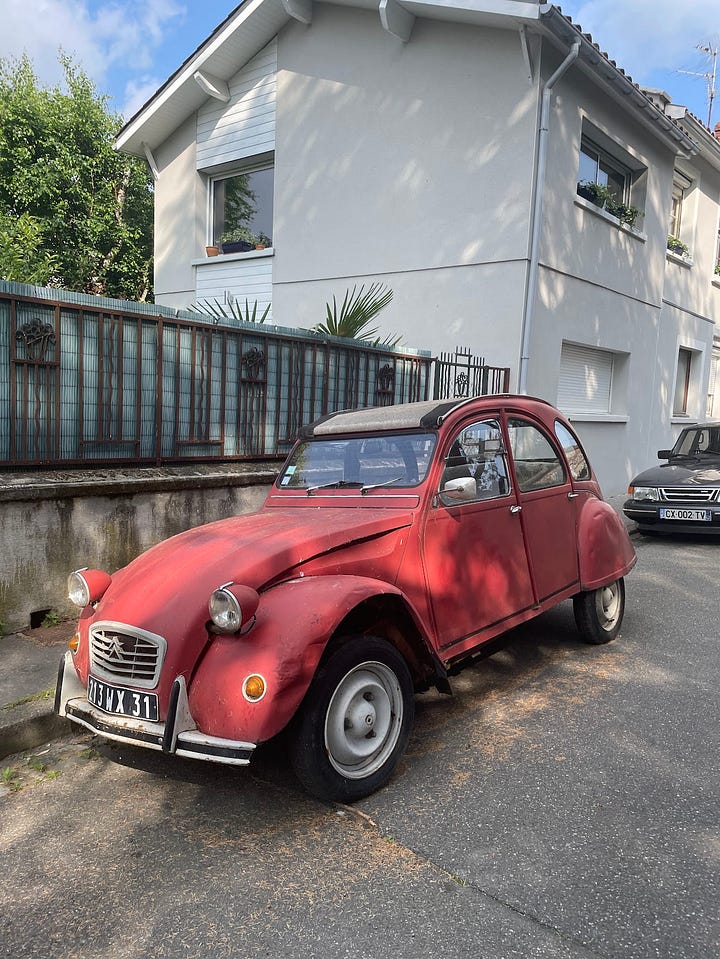

The amount of parades I’ve spontaneously experienced.
Immigration
I never thought I would experience being an immigrant and/or learn another language in my lifetime! What I’ve strongly learned is that French people are so kind and patient, and so curious about me and my experiences as an American living in France.
Immigrating to France from America requires a lot from you. And yet, it is still less rigorous than the United States requires of its foreigners. In addition to applying for and maintaining your Visa, during your first year France expects you to: pass health exams, take French exams to determine your language level, take 100+ hours of French classes depending on your test results, take civics courses to learn about French culture, and more. These are the bare minimum. Although it brings a lot of stress, effort, and expenses to my plate every year at Visa renewal time (a less enjoyable type of entrée + plat + dessert), it gives me the feeling that I’m slowly earning the privilege to be here.
Nothing is granted, and the experience is what I make of it! My version of France is filled with cheese, shutters, cheek kisses, art, chocolate, roadtrips, humbling mistakes, and tons of love.
Related writings from the Absolument archives:


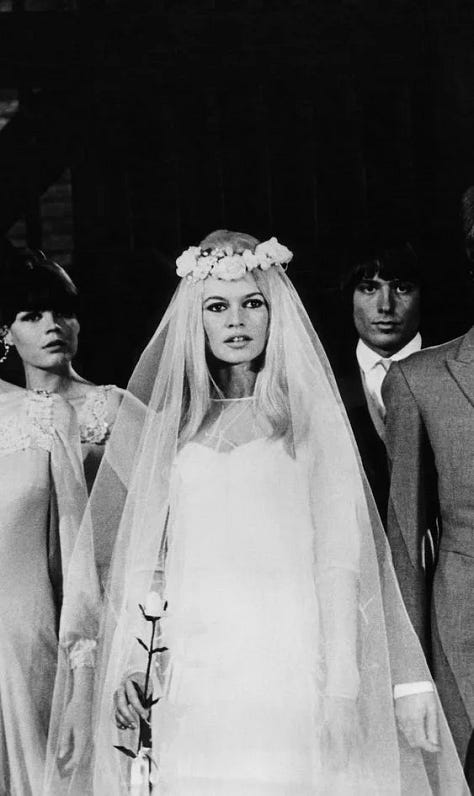
Why I find Paris to be the focal point of the entire world. Dramatic stance, I know.
Stories of my most-recent visit to the Musée de l’Orangerie in Paris last month, floating among Matisse and Monet paintings.
An ode to wedding planning in France. The special day is SOON! Holy moly. ❤️
xx
Pleine de bisous !!!
Kelsey Rose







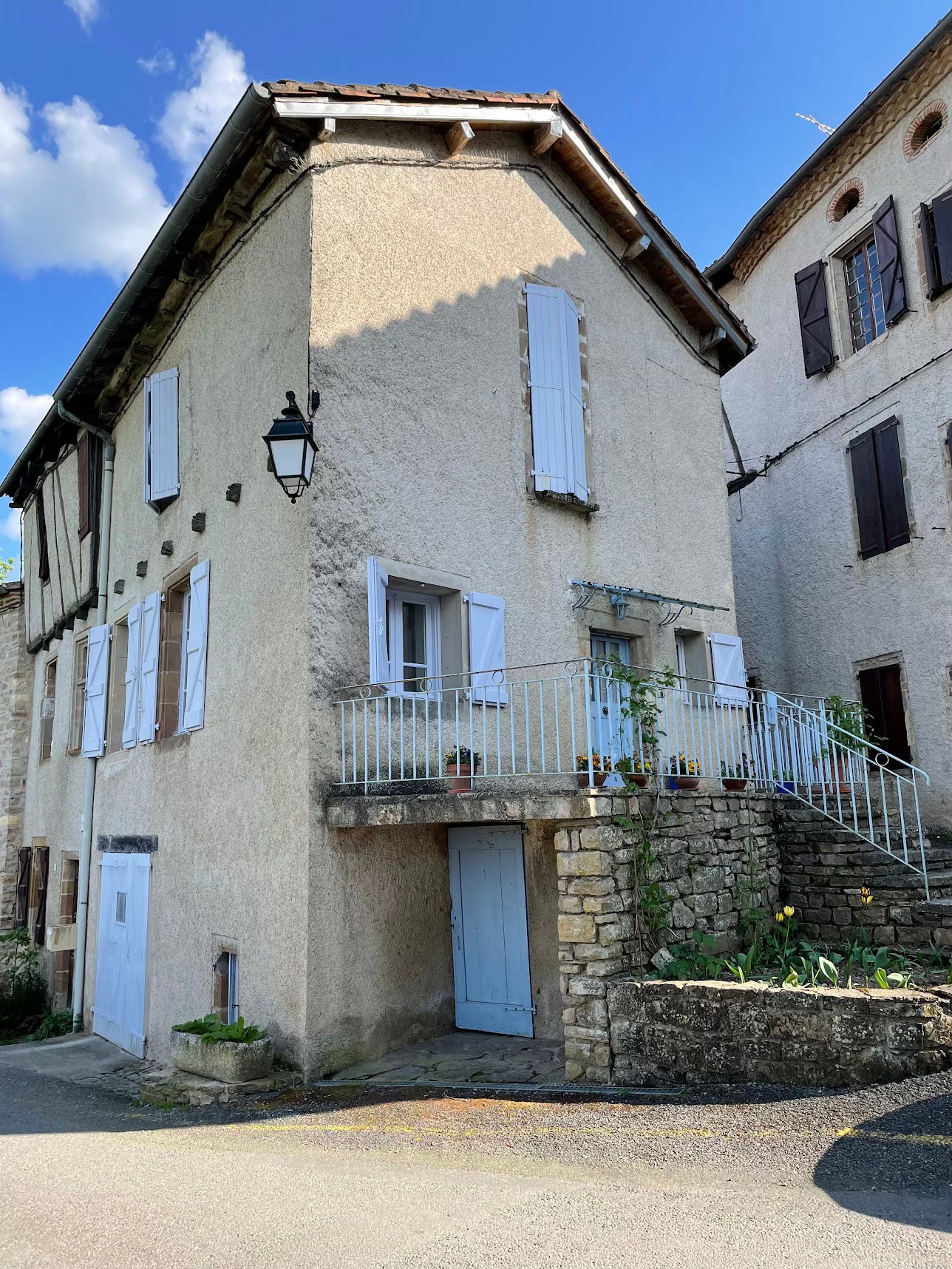
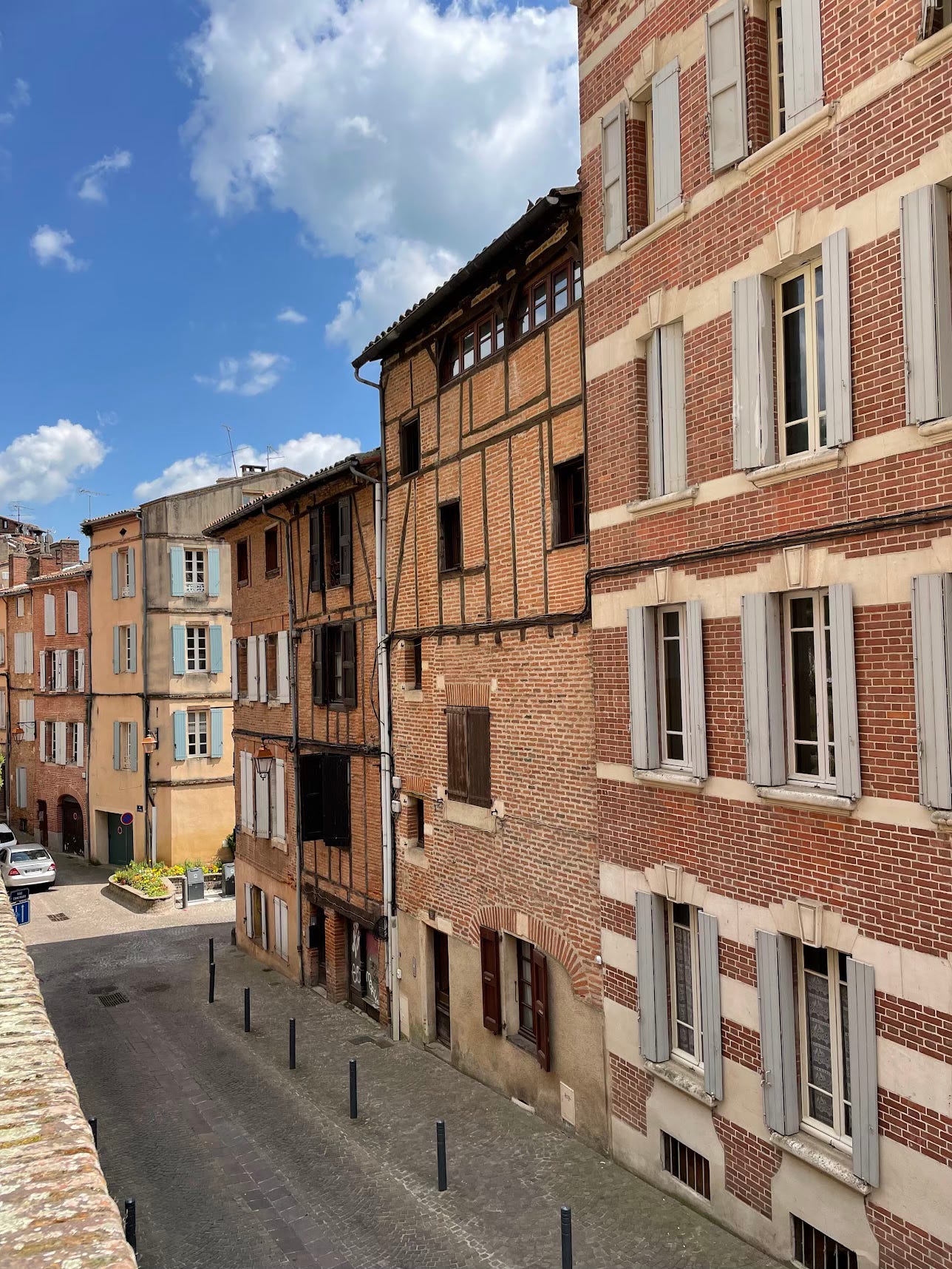

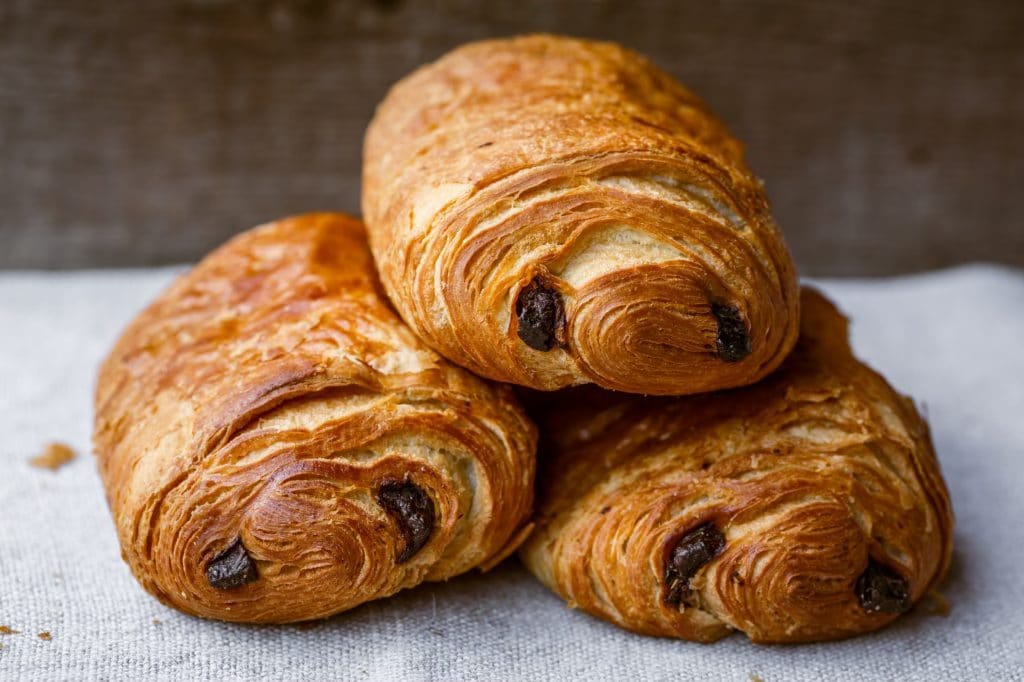

I already forgot a HUGE one that I love: the hour of the snack!!! Every day at 4/5pm, all of France stops to take le goûter.
Lovely to read you. I can relate in so many way: new to France ( 6 yrs), in love with souther France ( we live in Basin d’Arcachon), huge architectural and old design fan, mega vintage collector and curator, and… getting married in just a few days ( of course in 3 vintage outfits). I am excited to read you as I discovered you just recently. Enjoy life and let your pencil dance on papers for you and us, the others❤️Bienvenue to the magical France